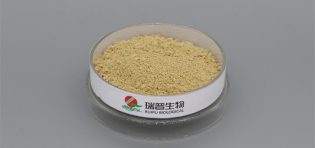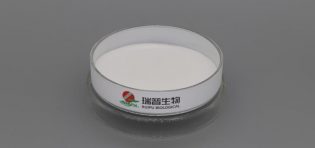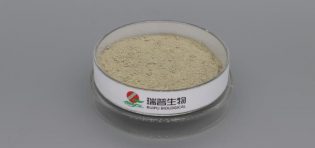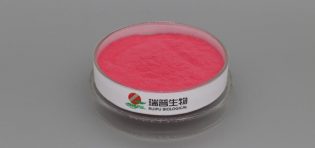
Manufacturing calcium citrate malate (CCM) involves several steps, and while the production itself may not typically take place in an operating room, it's important to ensure that the manufacturing facility adheres to specific standards and requirements to produce a product suitable for medical use.
The manufacturing facility should comply with GMP guidelines, which ensure that products are consistently produced and controlled according to quality standards.GMP covers various aspects of production, including facility cleanliness, equipment calibration, and personnel training.
Implement a robust quality control system to monitor and ensure the quality of raw materials, intermediates, and the final product.This includes testing for purity, identity, and potency of calcium citrate malate.
Source high-quality raw materials, ensuring that they meet specified standards.The quality of the raw materials directly impacts the quality of the final product.
Maintain a clean and hygienic manufacturing environment to prevent contamination.This includes proper cleaning procedures for equipment, air filtration systems, and personnel hygiene practices.
Regularly calibrate and maintain manufacturing equipment to ensure accuracy and reliability in the production process.This is crucial for achieving consistency in product quality.
Keep detailed records of each step in the manufacturing process.This documentation helps in tracking and ensuring the consistency of the product and facilitates compliance with regulatory requirements.
Ensure that personnel involved in the manufacturing process are adequately trained in GMP, safety protocols, and specific procedures related to calcium citrate malate production.
Adhere to relevant regulatory requirements for the production of medical-grade substances. This may include compliance with the guidelines of health authorities in the region where the product is intended to be used.
Develop appropriate packaging and labeling for the calcium citrate malate product.Ensure that packaging materials are suitable for medical use and that labeling includes all necessary information required by regulatory authorities.
Implement a comprehensive risk management plan to identify and mitigate potential risks associated with the manufacturing process.This includes contingency plans for unexpected events that could affect product quality.
Specific requirements may vary depending on the intended use of the calcium citrate malate (e.g., as a pharmaceutical ingredient, medical supplement, etc.) and the regulatory framework of the region where it is produced and used.








